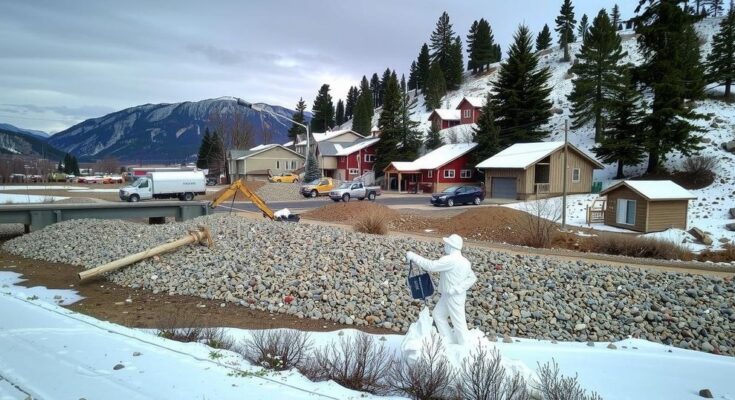The 2020 Stanley earthquake in Idaho was a pivotal geological event that facilitated research into the Sawtooth fault. This earthquake, significant for its complexity and lack of surface rupture, has led to advancements in understanding fault behavior, liquefaction effects, and historical seismic activity, but many questions remain about the fault’s history and movements.
The 2020 Stanley earthquake in Idaho, measuring 6.5 on the Richter scale, was a significant geological event that highlighted the previously understudied Sawtooth fault. This quake, while not directly linked to Yellowstone, indicated complex fault behavior within the Centennial Tectonic Belt. Research conducted subsequently has illuminated the intricacies of the fault and raised new inquiries about earthquake activity in the area. According to geological assessments, the event was more intricate than initial analyses suggested, with multiple fault models proposed to explain its occurrence.
Aftershocks following the quake demonstrated a north-trending fault that steeply dips toward the west. Despite the lack of surface rupture, significant geological phenomena, including liquefaction at Stanley Lake, were noted, where ground shaking caused sandy grounds to behave like liquid. New lidar technology has enabled geologists to map the Sawtooth fault in detail, revealing it to be a discontinuous fault zone. Furthermore, paleoseismic trenching and sediment cores from nearby lakes have provided insights into the fault’s historical earthquake events.
Despite these advancements in understanding the Sawtooth fault and the implications of the Stanley earthquake, numerous questions persist. Ongoing research aims to elucidate the history of earthquakes along the fault and to investigate whether the entire fault has ruptured in a single event.
The Sawtooth fault in central Idaho was known to be active, yet it remained under-researched prior to the March 31, 2020, M6.5 Stanley earthquake. This seismic event was the second largest in Idaho’s recorded history and served to highlight the region’s tectonic activity. Positioned in the Centennial Tectonic Belt, the earthquake provided an opportunity for scientists to better understand both the fault’s behavior and the regional seismic risk, especially amid the challenges posed by the COVID-19 pandemic and subsequent weather events at the time.
In summary, the 2020 Stanley earthquake has opened avenues for advanced geological research into the Sawtooth fault, revealing its complexities and historical context. While significant progress has been made through various models and ongoing studies, the event underscores the need for continued investigation into the fault’s behavior and its implications for future seismic activity in the region. As researchers delve deeper, they seek to address the remaining uncertainties surrounding the fault’s rupture history and behavior.
Original Source: kiowacountypress.net




